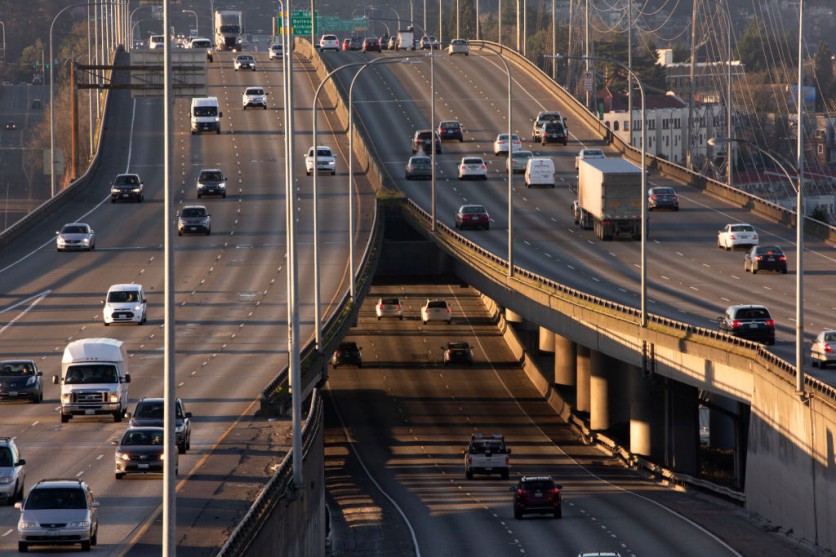Cruise, the autonomous driving subsidiary of General Motors, has announced its initiation of manual data collection activities in Seattle and Washington, DC, marking the first step toward launching commercial self-driving services in these cities.
According to TechCrunch, this preliminary stage involves the manual operation of robotaxis to gather data about the local driving conditions and climate. Subsequent phases will encompass the creation of detailed maps specific to these urban environments.

Expansion of Cruise on Opposite Coasts
Cruise's plan of expanding in these two cities, situated on opposite coasts, occurs amid the mounting challenges in its home city of San Francisco.
In collaboration with its competitor Waymo, owned by Alphabet, Cruise secured regulatory permits earliest this month from California authorities to extend their commercial, fully driverless robotaxi operations around San Francisco on a 24/7 basis.
However, the aftermath of this permit acquisition saw a series of incidents involving Cruise vehicles. These included instances of 10 robotaxis encountering technical difficulties leading to gridlock, a vehicle entering wet cement, and a collision with a fire truck resulting in passenger injuries.
In response to these events, the California Department of Motor Vehicles called upon Cruise to promptly reduce its robotaxi fleet by 50% within San Francisco as an investigation into the incidents is being undertaken. However, Cruise remains steadfast in its expansion ambitions.
Earlier this year, the company revealed plans to have a substantial number of its purpose-built autonomous vehicle, known as the Cruise Origin, on the roads of major US cities in the upcoming years. However, regulatory approval from the Department of Transportation for these endeavors is still pending.
Read Also : Will Cruise and Waymo Be Allowed to Expand Robotaxi Services in San Francisco Amid Safety Concerns?
Cruise Gets Green Light to Operate Robotaxi Services in San Francisco
San Francisco recently witnessed the operation of self-driving vehicles catering to passengers after Cruise and Waymo received the green light to provide full-fledged commercial services.
The California Public Utilities Commission (CPUC) permitted both companies to offer paid passenger rides at any time following a 3-to-1 vote in favor on August 10.
This decision was preceded by a prolonged and intense six-hour session during which residents shared their apprehensions about integrating autonomous vehicles on city streets.
Reports previously emerged that around 10 self-driving Cruise vehicles experienced difficulty near Vallejo Street in the North Beach area of San Francisco, causing a 15-minute traffic slowdown at 11 p.m.
Cruise attributed this temporary impediment to cellular coverage issues linked to a nearby musical event, impacting the vehicles' navigation systems.
The CPUC's endorsement, achieved after a rigorous public hearing, marks a significant milestone for autonomous vehicle companies that have strived to advance this technology despite encountering financial hurdles along the way.
Related Article : Cruise is Now Moving to Miami to Pilot Test its Autonomous Fleet, Collect Data on its Streets

ⓒ 2025 TECHTIMES.com All rights reserved. Do not reproduce without permission.




